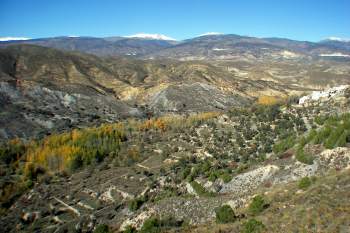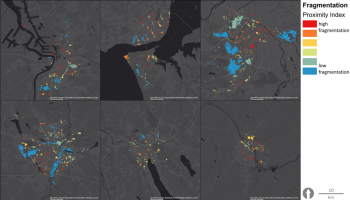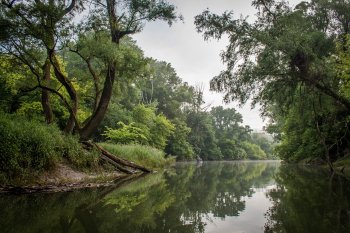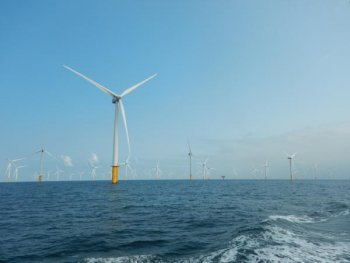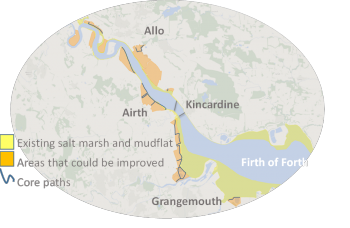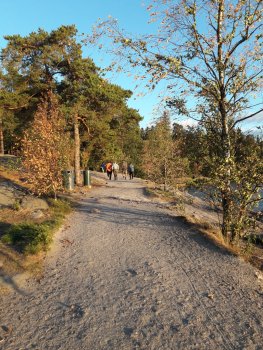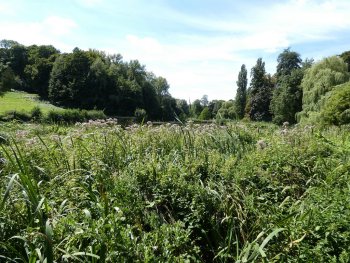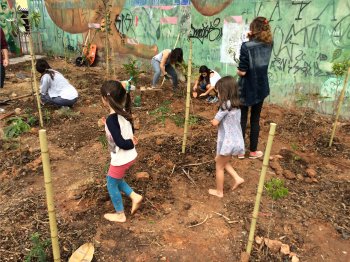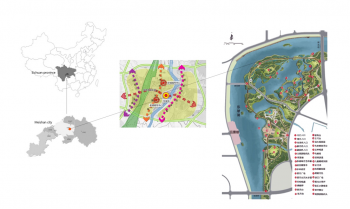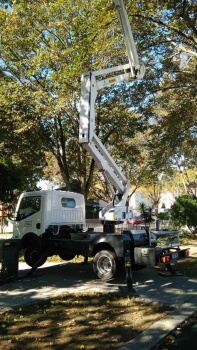Multisectoral and multiscale articulation for urban regeneration in Medellín and its Metropolitan Area
In response to the challenges arising from the urban expansion of Medellín and the close association with neighbouring municipalities, the Metropolitan Area of the Aburrá Valley (AMVA for its Spanish abbreviation) was established in 1980 as a regional public transportation and urban environmental authority. Within this context, the current city government, in co-ordination with other municipalities of the AMVA, focused its development plan (Plan de Desarrollo) priorities on the implementation of actions to improvethe urban environment, including nature-based interventions from the...





